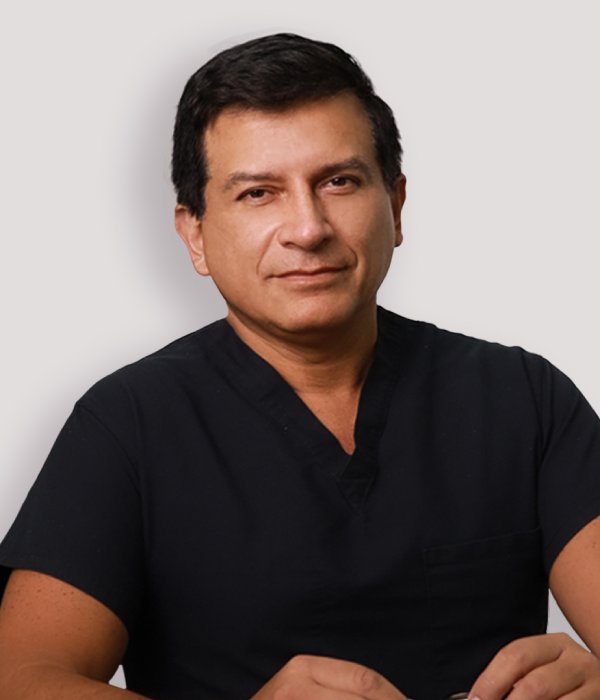The Sky's The Limit
What is a
Rhinoplasty?
According to the American Society of Plastic Surgeons, Rhinoplasty is an elective cosmetic surgery designed to reconstruct or reshape your nose, it can provide both aesthetic and functional benefits
It usually involves the surgical procedure via a closed or open approach, depending on each patient’s surgical needs. Regardless of the procedure used, both heal well and their incisions can be easily hidden to the stage where they remain virtually invisible.
Occasionally your surgeon may use your cartilage to help build an improved nasal framework. Before you choose any rhinoplasty, the American Society of Plastic Surgeons recommends that you only work with a skilled and accredited plastic surgeon.

Benefits of Rhinoplasty
Here are the key benefits of a successful Rhinoplastic surgery
- It can decrease or increase the size of your nose.
- It can improve the shape of your nostrils
- It can reduce the tip of your nose or the bridge
- It can provide a more harmonious look to your facial features
- It can correct deviated septums
- It can help improve breathing issues
Rhinoplasty best candidates
Although the American Society of Plastic Surgeons recognizes rhinoplasty as a highly personalized procedure, they recommend that you should only undertake the procedure to fill your own needs, never at the request of someone else. The best candidates for Rhinoplasty must have the following.
- Completed their facial growth
- Be physically healthy
- Non-smokers
- Have a positive outlook and be able to set realistic goals
How Rhinoplasty is performed?
While some surgical procedures may vary from surgeon to surgeon, a standard Rhinoplasty surgery will follow these steps
#1. They administer Anesthesia
This is to ensure that you can remain comfortable throughout the surgical procedure. The choice of whether to use general anesthesia or IV sedation will be made in consultation with your surgeon.
#2 Initial incision
As we mentioned before the surgery will be performed by either using an open or a closed procedure incision, either made inside or outside the nose, depending on the overall goal of the procedure
#3 They will reshape Your nose
Following the incision, if the purpose of the surgery is to reduce the size of your nose, either removing cartilage or bone will do this. At this point, if cartilage grafts are to be added this will happen too occasionally they take cartridge from the rib or from the ear to perform these procedures.
#4 Deviated septum corrected
If your septum has deviated the projections on the inside of your nose can be reduced and they can straighten the septum to help improve your breathing
#5 The incision will be closed
Once your surgeon has sculpted the underlying structure of your nose, to the shape he desires the nasal tissue and skin will be redraped and the incisions will be closed
#6 View the results
Expect splints and some support packing to be put on your nose to help it heal for a few days. Then you will review the results in the presence of your surgeon and if further consultations are needed they will be discussed at this point.
Check our Discounts
Rhinoplasty combined with other cosmetic procedures
The American Society of Plastic Surgeons consider rhinoplasty to be a minimally invasive procedure it is sometimes suitable to combine it with other surgical procedures.
Once you are working with an accredited clinic and experienced surgeons. Sometimes it is smart to combine specific procedures and other times it is not, but they generally consider it okay to combine rhinoplasty with eye surgery, facial liposuction, and chin augmentation.
How much is a Rhinoplasty?
On average, a rhinoplasty will cost $5,500 according to research conducted by the American Society of Plastic Surgeons in 2019. But they do highlight that this cost is only part of the overall total price as it does not include any additional expenses including
- Paying for surgeon’s fees
- Medication and prescriptions
- Post-surgical garments
- Any medical tests
- Surgical and hospital facility expenses
- Fees for anesthesia
These are some additional expenses you should know and these will vary depending on your geographic location
Rhinoplasty surgery recovery & results
As we mentioned previously some packing and a splint may be applied post-surgery to help you recover from rhinoplasty, they may place this both inside and outside your nose to help protect and support it.
Expect some discomfort and swelling to last for a few weeks, but it may even take up to 12 months for your nasal contours to be considered fully refined.
During this time you will probably have some follow-up consultations with your surgeon as they will want to examine the gradual changes in your appearance. Depending on the surgeon and the clinic you work with, they will give you specific post-surgical instructions that may include.
- How to keep the surgical site clean
- What medications you can take orally or apply to your nose to help reduce the chance of infection and speed up the healing process
- How to monitor the specific issues that may arise with the surgical site or your general health
- What follow-up consultations you will need with the clinic and your surgeon
You should remember that rhinoplasty surgical results are long-lasting, while swelling will eventually subside within a few weeks; it sometimes takes a year as mentioned before to complete the refinement of your nasal contours.
Over this time your appearance will gradually change into its most permanent form. You should be noted that as you get older, your face will naturally change including the area around your nose, but most of your rhinoplasty surgical improvement should remain permanent.
Preparing for surgery and choosing your plastic surgeon
To prepare for your surgery, your clinic may ask you to do the following
- Take a series of lab tests
- Adjust any current medications you’re on or take more meditation
- Stop smoking period or permanently
- Don’t take any anti-inflammatories. Purple substances are aspirin as they increase the possibility of bleeding.
The American Society of Plastic Surgeons recommends that you only work with surgeons who can prove they have the following
- A board certification provided by the ABPS (American Board of Plastic Surgeons)
- Proof that they have completed a minimum of 6 years of surgical training and 3 years of residency in a recognized plastic surgery clinic or hospital.
- Proof that they have passed both comprehensive written and oral examinations.
- Proof of graduation from an accredited medical college.
- Proof they are in continuing education on surgical procedures and patient care.
- They work in a surgically accredited clinic.



